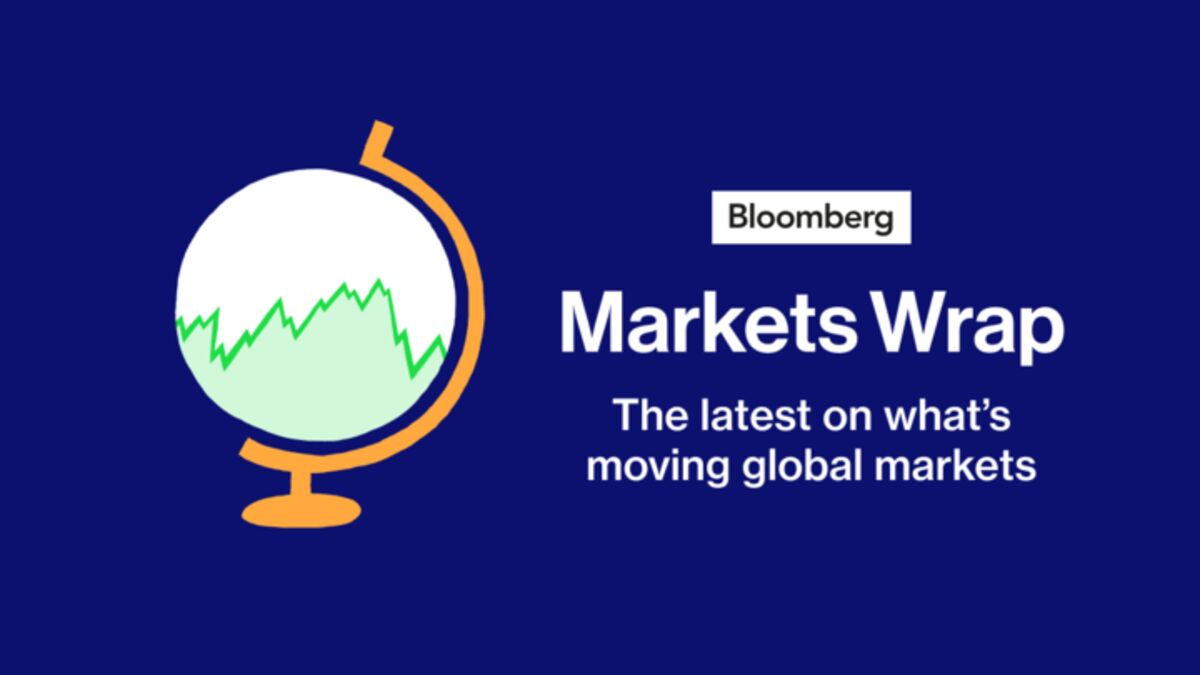Dow Jones Surges Past 47,000 as Softer CPI Boosts Rate-Cut Hopes

Introduction
The Dow Jones Industrial Average has recorded a significant milestone, rallying 400 points to close above 47,000 for the first time ever. This surge follows a mild inflation report, which has provided a boost to investor confidence.
Key Details
The September Consumer Price Index (CPI) reading was softer than expected, sparking optimism about future monetary policy decisions. This development has raised hopes for potential rate cuts by the Federal Reserve later this year, as a softer inflationary environment could allow for more accommodative policies. Such moves would likely support economic growth and further bolster market sentiment.
Impact
The prospect of rate cuts has significant implications for both the economy and financial markets. It could lead to increased borrowing and spending, potentially fueling further market gains. As investors adjust their strategies in response to these developments, the coming months will be crucial in determining whether this trend continues or if new challenges emerge.
About the Organizations Mentioned
Federal Reserve
## Overview and Mission The Federal Reserve, often called the "Fed," is the central bank of the United States, established by Congress in 1913 to provide the nation with a safer, more flexible, and stable monetary and financial system[1]. Its mission centers on a dual mandate from Congress: to promote maximum employment and maintain price stability, ensuring the dollar retains its value over time[1]. The Fed operates through a unique hybrid structure, combining a national Board of Governors in Washington, D.C., with 12 independent regional Reserve Banks, including institutions like the Cleveland Fed[1]. This decentralized setup allows the Fed to closely monitor economic conditions across diverse regions, industries, and communities, while maintaining independence from short-term political influences[1]. ## Key Functions The Fed’s responsibilities are broad and vital to the U.S. economy. It conducts monetary policy—primarily by influencing interest rates—to achieve its employment and inflation goals[2]. The Fed also supervises and regulates banks to ensure the safety and soundness of the financial system, works to minimize systemic risks, and fosters efficient payment and settlement systems[2]. Additionally, it promotes consumer protection and community development, addressing emerging issues through research, supervision, and enforcement of consumer laws[2]. ## History and Evolution The Federal Reserve is the third central bank in U.S. history, following two failed attempts in the 19th century[1]. Its creation was a response to the financial turbulence of the early 20th century, aiming to prevent crises and stabilize the economy. Over time, the Fed has evolved, adopting more transparent and inclusive policymaking processes. For example, it now conducts regular reviews of its monetary policy framework, engaging with academics, businesses, and the public to refine its strategies and communications[3][5]. ## Recent Developments and Achievements In 2025, the Fed completed its second major review of its monetary policy strategy, tools, and communications, reaffirming its commitment to transparenc






:max_bytes(150000):strip_icc()/GettyImages-22277232031-629ef0d5ef894388a74cecdec20f17b9.jpg)